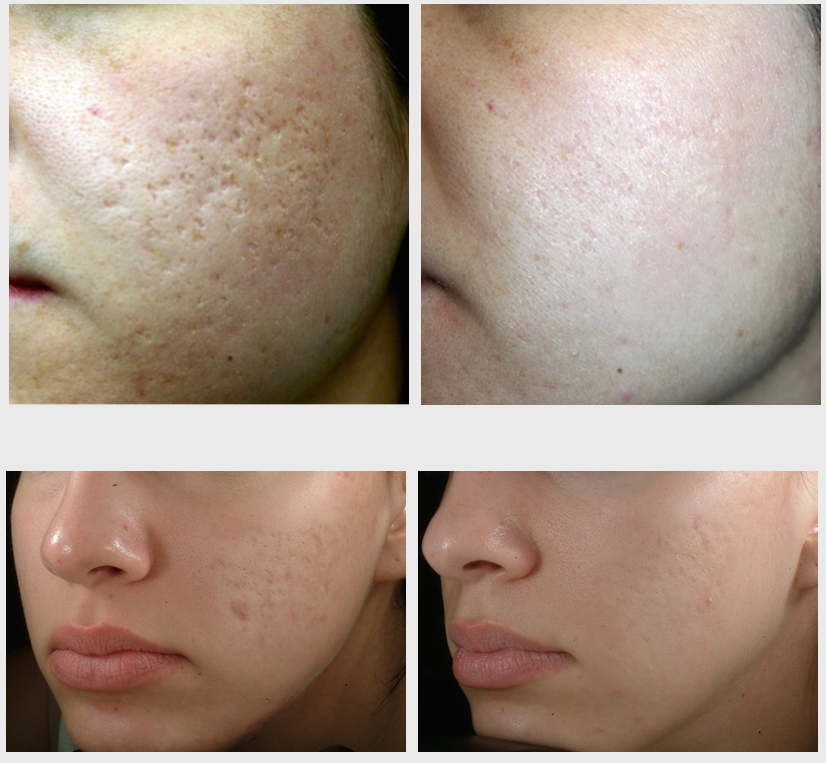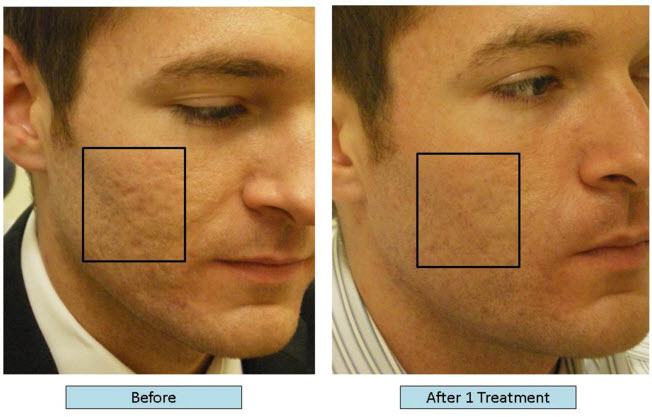Ingenious Acne and Acne Scars Treatment: Solutions for every single Skin Kind
Ingenious Acne and Acne Scars Treatment: Solutions for every single Skin Kind
Blog Article
Discovering Skin Disease: Determining and Treating Acne Scars for Healthier Skin
Acne marks stand for a significant concern for people seeking to keep healthy and balanced skin, as they can affect both appearance and self-confidence. Comprehending the numerous kinds of marks, from atrophic to hypertrophic, is vital for determining suitable therapy choices.
Comprehending Acne Marks
Understanding acne scars is essential for any person who has experienced extreme acne, as these marks can have a lasting effect on both physical look and emotional wellness. When the skin undergoes inflammatory reactions throughout energetic acne sores, acne marks create. The extent of scarring is typically affected by variables such as the kind of acne, its duration, and private skin characteristics.
The body's all-natural recovery procedure can cause either atrophic marks, which look like depressions in the skin, or hypertrophic marks, which are raised and result from overproduction of collagen. Additionally, the psychological toll of acne scars ought to not be taken too lightly; numerous individuals report feelings of embarrassment, anxiety, and lowered self-esteem. This psychological worry can influence social communications and total top quality of life.
Resolving acne marks requires a comprehensive understanding of their formation and impact. Awareness of the possibility for lasting effects connected with without treatment scars can inspire individuals to look for ideal therapies. Early intervention and efficient administration techniques can considerably improve skin look and improve mental resilience, stressing the relevance of understanding the intricacies bordering acne scars.
Kinds of Acne Marks
Acne marks can be categorized into unique kinds, each exhibiting one-of-a-kind features and calling for certain therapy methods. The main types of acne scars include atrophic, hypertrophic, and keloid scars.

Hypertrophic scars, in comparison, are increased above the skin degree and are the outcome of extreme collagen manufacturing throughout the recovery process. They commonly continue to be within the boundaries of the initial acne lesion. Keloid scars are comparable however expand beyond the original injury website, developing larger, raised locations that can be itchy or agonizing.
Comprehending these sorts of marks is important for selecting appropriate treatment alternatives. Different marks might react far better to certain treatments, such as laser therapies, fillers, or surgical interventions, stressing the relevance of a customized technique to acne scar management.
Determining Your Scars
Acne marks normally fall right into 2 groups: hypertrophic and atrophic scars. These can even more be identified right into ice-pick marks, boxcar scars, and rolling scars, each exhibiting distinct qualities and calling for different techniques for evaluation - acne treatment for sensitive skin.
Hypertrophic scars, on the other hand, are increased and take place as a result of too much collagen production throughout the recovery process. Identifying the specific features of your marks-- such as deepness, width, and texture-- is vital for proper recognition. Additionally, take into consideration the distribution of scars throughout your skin, as this can indicate the seriousness and period of the acne condition.
Involving with a dermatologist can supply beneficial insights right into the nature why not try here of your scars, assisting in the differentiation between different kinds. An extensive understanding of your marks will eventually official source bring about a more tailored and efficient therapy strategy, ensuring a clearer and healthier skin tone.
Therapy Alternatives Available
Determining the details sort of acne scars present on your skin lays the foundation for exploring effective treatment choices. Typical sorts of acne scars include atrophic (clinically depressed), hypertrophic (elevated), and post-inflammatory erythema.
For atrophic marks, alternatives such as chemical peels, microneedling, and laser resurfacing are extensively used. Chemical peels make use of acids to get rid of the external layer of skin, advertising brand-new cell development. Microneedling entails tiny needles that produce micro-injuries, promoting collagen manufacturing. Laser resurfacing targets harmed skin cells, enhancing structure and tone.
Hypertrophic marks can be treated with corticosteroid shots to squash the scar or laser therapy to decrease redness and improve appearance. acne scars treatment. Silicone gel sheets and stress dressings may also aid in taking care of elevated scars
In addition, dermal fillers can temporarily fill out depressions from atrophic marks, while medical excision may be ideal for severe situations. Each treatment choice has its advantages and factors to consider, making it important to seek advice from with a skin specialist. They can give tailored suggestions based upon the kind and seriousness of your marks, in addition to your skin type and total health and wellness.
Tips for Prevention
Reliable prevention strategies can significantly minimize the possibility of developing acne marks. The initial step is to keep a constant skincare routine that consists of mild cleaning, peeling, and moisturizing. Using non-comedogenic items helps stop clogged pores, which can intensify acne. Additionally, integrating topical treatments consisting of salicylic acid or benzoyl peroxide can efficiently lessen and manage outbreaks swelling.
Preventing need to pick or pop acne lesions is vital, as visit our website this can result in much deeper skin damage and enhance the threat of scarring. Rather, consider using a chilly compress or over-the-counter therapies to reduce swelling and inflammation.
Sunlight defense is an additional vital element of avoidance; ultraviolet (UV) rays can dim marks and prevent the healing process. Applying a broad-spectrum sunscreen with a minimum of SPF 30 daily can protect the skin and promote even healing.
Lastly, maintaining a well balanced diet regimen rich in vitamins, antioxidants, and minerals supports skin health and healing. Staying moisturized and taking care of stress and anxiety levels can also play a substantial role in lowering acne flare-ups. By executing these approaches, individuals can dramatically reduce their opportunities of developing acne marks.

Verdict
Finally, understanding and identifying acne scars is necessary for reliable therapy and attaining healthier skin. Various types of acne scars, consisting of hypertrophic and atrophic marks, demand details treatments customized to specific demands. Therapy options variety from chemical peels and microneedling to corticosteroid injections, emphasizing the significance of seeking advice from a skin doctor. Furthermore, embracing a mild skin care regimen and securing the skin from UV exposure can considerably contribute to the prevention of more scarring and total skin health.
The body's all-natural healing procedure can result in either atrophic marks, which appear as depressions in the skin, or hypertrophic marks, which are increased and result from overflow of collagen. They are more separated into 3 subtypes: ice pick scars, boxcar scars, and rolling scars. Acne scars usually drop into two groups: hypertrophic and atrophic scars. These can even more be classified into ice-pick marks, boxcar marks, and rolling marks, each showing unique characteristics and needing different approaches for analysis.
Various kinds of acne scars, consisting of atrophic and hypertrophic scars, demand certain interventions tailored to specific requirements.
Report this page